- Home
- Holiday Ideas
-
-
- Choose Your Traveling Theme
-
- Adventure Tourism
-
- Cultural Tourism
-
- Tour Packages
-
-
- Packages by State
-
- Holidays by Interest
-
- Popular Tour Packages
-
- Fair And Festivals
-
- Ayurveda And Yoga
-
- Offers
-
- Destinations
-
Ahmedabad
(A living legacy)
Ahmedabad
Declared as India’s first UNESCO World Heritage City, Ahmedabad or Amdavad is steeped in history and tradition. Offering a seamless blend of spectacular architecture of centuries-old mosques and contemporary avant-garde design, Gujarat’s biggest city may be a bustling cosmopolitan hub. Ahmedabad is split into two parts, dig distinct sections by the Sabarmati river. On the eastern bank of the river stands the quaint old quarter, which is marked by winding lanes throbbing with tradition and culture, and on the eastern side, is that the sprawling urban area that has created a distinct segment for itself with world-class urban planning. increase this a vibrant array of street-food and vibrant bazaars, and Ahmedabad becomes a tourist hub where one would be spoilt for choices.
...The old city, also referred to as the walled area, is characterised by pols (neighbourhoods), which are an ancient system of community-based housing. A 10-km-long wall with 12 gates, 189 bastions and over 6,000 battlements had once guarded the old city. Today, all that is still of this are the gates, each standing proudly with intricate carvings, calligraphy and a few with extended balconies. While the eastern section boasts an old-world charm with ancient gates and colonial-era buildings dotting its landscape, the western region is marked by educational institutions, multiplexes and business districts.
Ahmedabad was earlier referred to as Karnavati and therefore the name was changed by Sultan Ahmed Shah, of the Muzaffarid dynasty, after 1411, when he conquered it from king Karandev I. Under Ahmed Shah, architects amalgamated Hindu craftsmanship with Persian architecture, giving rise to a singular Indo-Saracenic style. Many of the mosques here reflect this style.
While Ahmedabad served as Gujarat’s capital from 1960 to 1970 (today the capital is its twin city, Gandhinagar), it still houses the Gujarat supreme court and is that the state’s financial centre. the town was also at the guts of India’s struggle for independence from British rule, with Gandhi residing at Sabarmati Ashram here. it’s also called the ‘Manchester of East’ for its thriving textile industry that has led Ahmedabad into the 21st century. the town is understood for its grandeur and larger-than-life celebrations during Navratri, which is an open-air cultural and spiritual extravaganza.
How to get there
By Air
The Sardar Vallabhbhai International Airport is at a 10 km distance from the periphery of Ahmedabad city. One can take a cab from there.
By Road
Well-constructed roads and motorable highways connect Ahmedabad to the rest of India. Bus, taxis, cars on rent, are all available.
Rail
The Ahmedabad Railway Junction is the biggest railway station in Gujarat and is well-connected to most of India.
Attractions
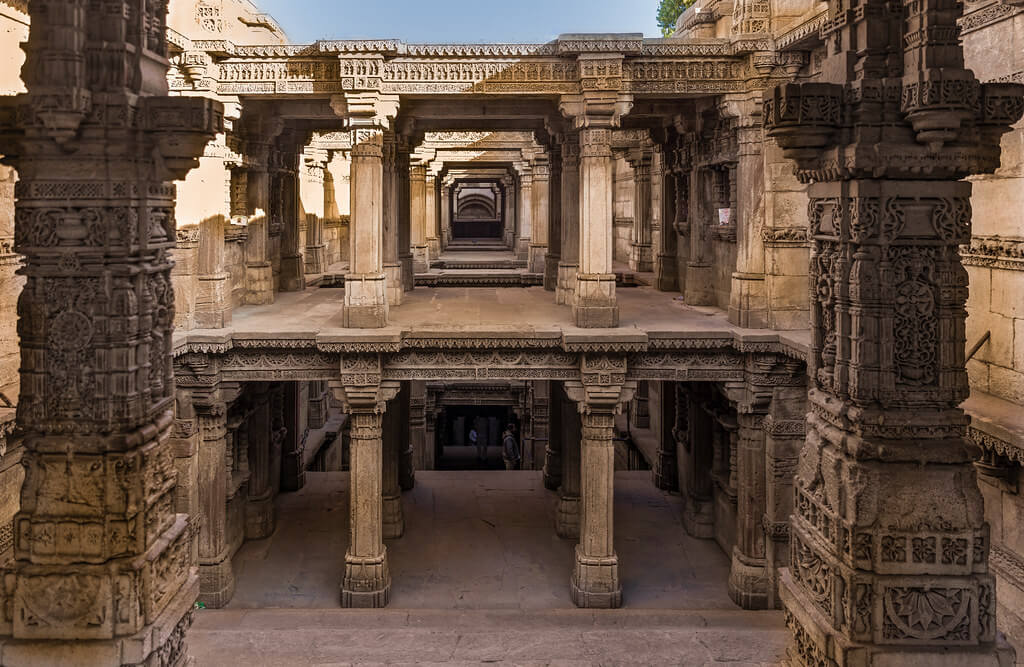
Adalaj Stepwell
Among the best samples of stepwells in Gujarat, about 19 km north of Ahmedabad, lies Adalaj Vav or Adalaj Stepwell. it had been built by queen Rudadevi, wife of Veer Singh, the chief of Vaghela dynasty, in 1499, in her husband’s memory. Legend has it that within the 15th century, Rana Veer Singh ruled over the region that was referred to as Dandai Desh some time past . because the kingdom always faced water shortage and was hooked in to rains, the ruler ordered the development of an outsized and deep well.
But before it might be completed, neighbouring Muslim ruler, Mohammed Begda, attacked Dandai Desh and Veer Singh was killed. Though his widow wanted to perform sati (a ritual of widows immolating themselves when their husband dies) , Begda stopped her and told her that he wanted to marry her. She agreed on the condition that he complete the development of the stepwell first. Begda agreed and therefore the stepwell was made in record time. But the queen had other plans. She first circumambulated the stepwell with prayers and thereafter jumped into it to be one together with her husband. what's unique about this stepwell is that it's three entrances, giving thanks to a platform resting on 16 pillars. All three of the stairway entrances meet underground where the platform has an octagonal top. The corners of all 16 platforms have shrines carved into them. The well is five floors deep and aside from deities, the carvings portray a good range of subjects, from women churning butter to them adorning themselves ahead of a mirror. The stepwell, in its time, gave shelter to pilgrims and traders. it's believed that the villagers wont to come here to fill water and offer prayers to the deities. Experts within the field of architecture and archaeology believe that thanks to its octagonal ceiling, little air or sunlight entered the landing, the rationale why the temperature inside is usually cooler than outside. The vav may be a spectacular specimen of Indo-Islamic architecture with fine Jain symbols as a mirrored image of the amount it had been inbuilt . Worth a visit are kalpvriksha (tree of life) and ami khumbor (pot containing water of life) that are carved out of single slab of stone. Locals believe that the tiny frieze of navgrahas or nine planets near the well’s edge protects the monument from evil spirits.
Ahmed Shah Mosque
Lying southwest of the Bhadra Fort, this mosque is among Sultan Ahmed Shah’s finest pieces of architecture. it had been inbuilt the year 1414 and is one among the oldest structures within the city. It comprises prayer halls, called mehrabs, which are made in black and white marble with detailed carvings. All the prayer halls have stone pillars, jaalis (lattice) work on ceilings and ornate carvings. Moreover, there are dome-like cupolas in every hall. there’s a separate chamber with a prayer room for ladies within the northeast corner of the mosque, popularly referred to as zenana. When built, the mosque was meant to be an area of worship exclusively for the royals. Currently, it’s one among the most-sought tourist attractions in Ahmedabad.

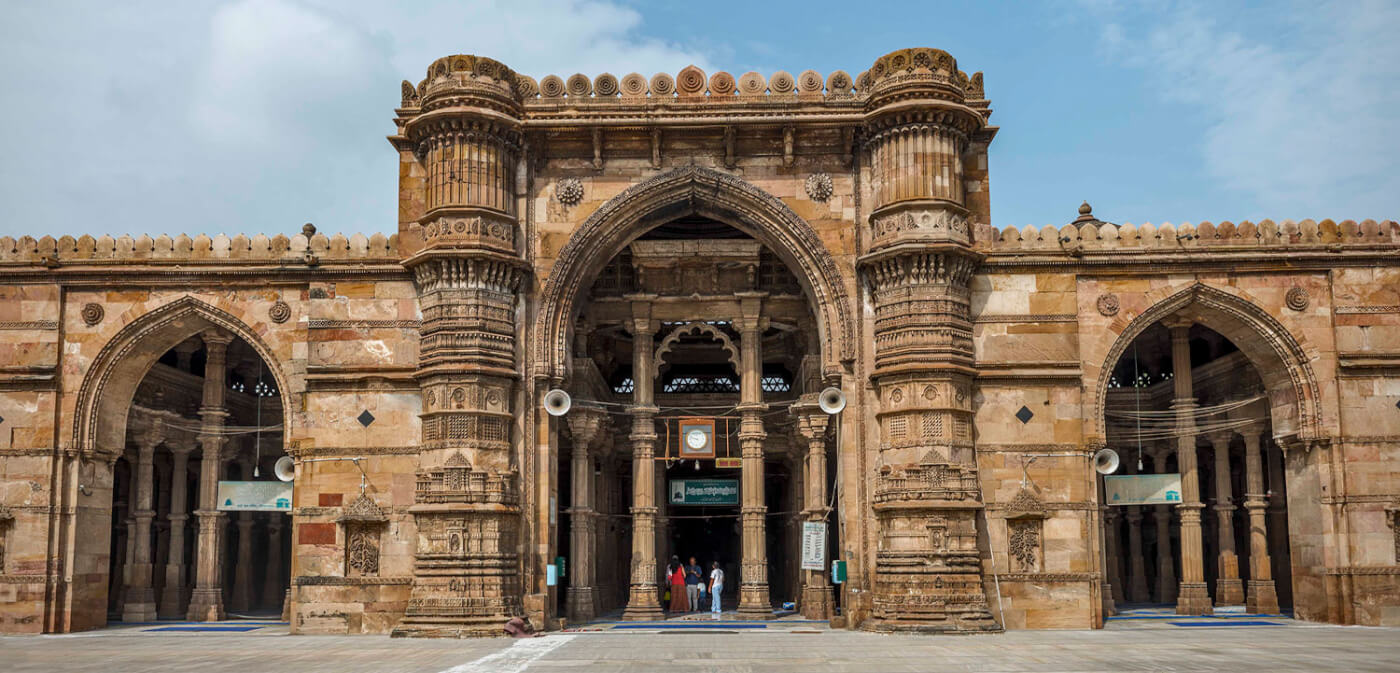
Jama Masjid
Jama Masjid, one among India’s most marvellous pieces of architecture, was built during the rule of Ahmed Shah I, a ruler of Muzaffarid dynasty, in 1423, just west of the famous Manek Chowk. faraway from the chaos of the town , through four gates in four directions, one can enter the mosque made from yellow sandstone with a mix of Indo-Saracenic architecture, with intricate carvings right along the walls and pillars. the most prayer hall has 260 columns supported by 15 domes. The wide, marble-floored courtyard is surrounded by an arcade painted in Arabic calligraphy. Right within the centre of the courtyard may be a tank for ritual purifications.
the 2 minarets by the most arched entrance collapsed in an earthquake in 1819 and only their lower portions remain now.
The mosque contains variety of syncretic elements, which can not necessarily be obvious to the viewer. a couple of of the central domes are carved like lotus flowers that are closely associated with typical domes of Jain temples. Some pillars are carved with the shape of a bell hanging on a sequence that has regard to the bells in Hindu temples.
Lothal
Lothal may be a historian’s delight. Abounding in ancient ruins, it’s one among the foremost excavated sites of the Harappan era and provides a profound insight into the structures and settlement of the Indus Valley civilisation. Though Lothal is claimed to belong to the Dravidian era, recent findings means its association with Vedas and Sanskrit scriptures. an area museum standing within the place traces 4,500 years of history of Lothal and one can delve into all the interesting tidbits to their heart’s contents.
Literally meaning mound of the dead, Lothal was once a well-liked pottery village. it had been inhabited by people that used micaceous (similar to terracotta) pottery and lived on the banks of River Sabarmati. Around circa 2450 BC, a colony was established by merchants who arrived by the ocean and later masons, smiths, seal-cutters, potters joined in. along side them, they brought technology, crafts and sea-borne trade tools. during a few years’ time, Lothal became famous as an industrial centre also because the most vital port of the empire. However, everything got destroyed by the floods in 2350 BC that resulted within the town getting reconstructed from scratch. Not only was Lothal rebuilt, it had been improved upon by the survivors who ensured they strengthened the most walls of the fort, raised the town’s level, constructed a man-made dock and an in depth warehouse. After subsequent floods hit Lothal around 150 years later, the town was constructed once more and was became a city. The third flood, which hit the town in circa 2000 BC, saw the inhabitants migrating to higher and safer environs. Around 1900 BC, Lothal once more got submerged in floods and therefore the period is understood as Mature Harappan Period, giving thanks to the Late Harappan Period. Till round the 16th century, civilisation prospered here. Over time, the town was abandoned.
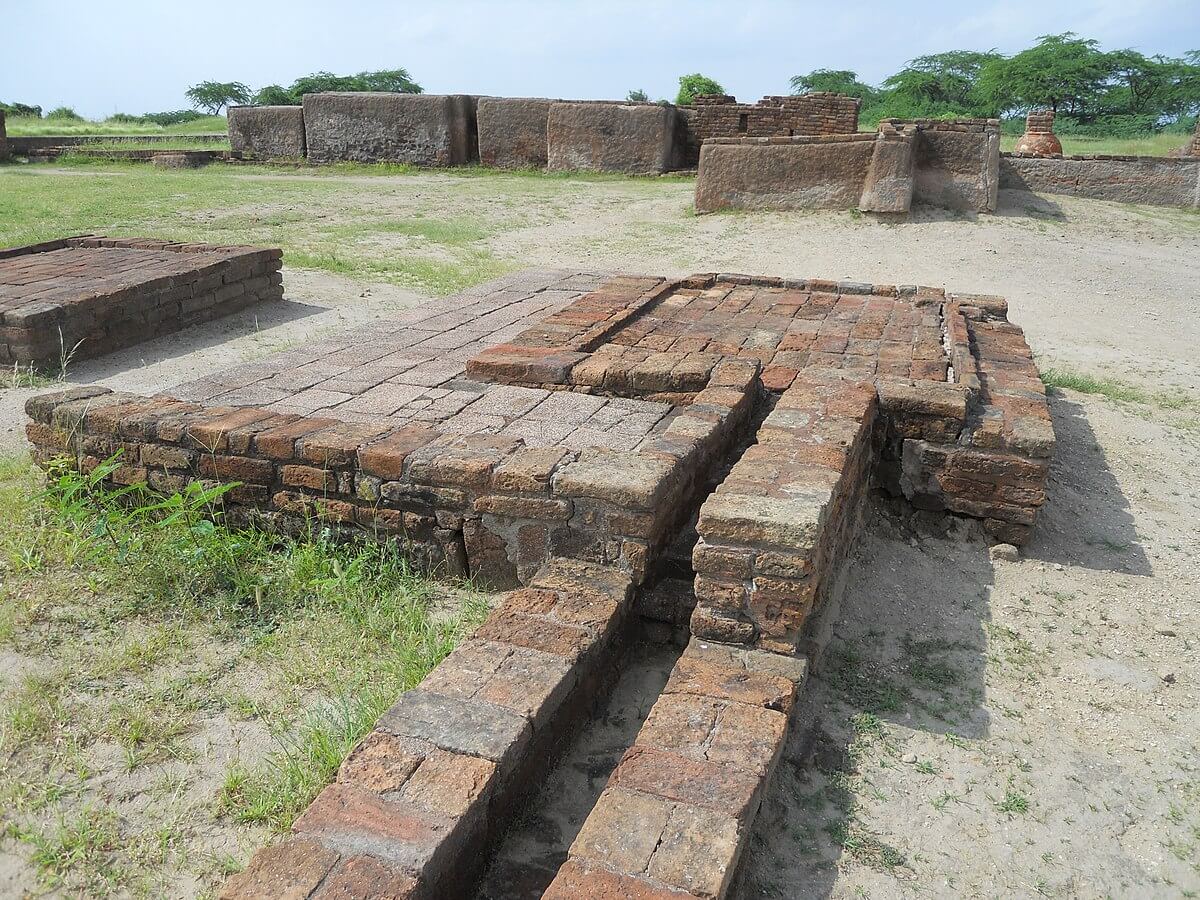
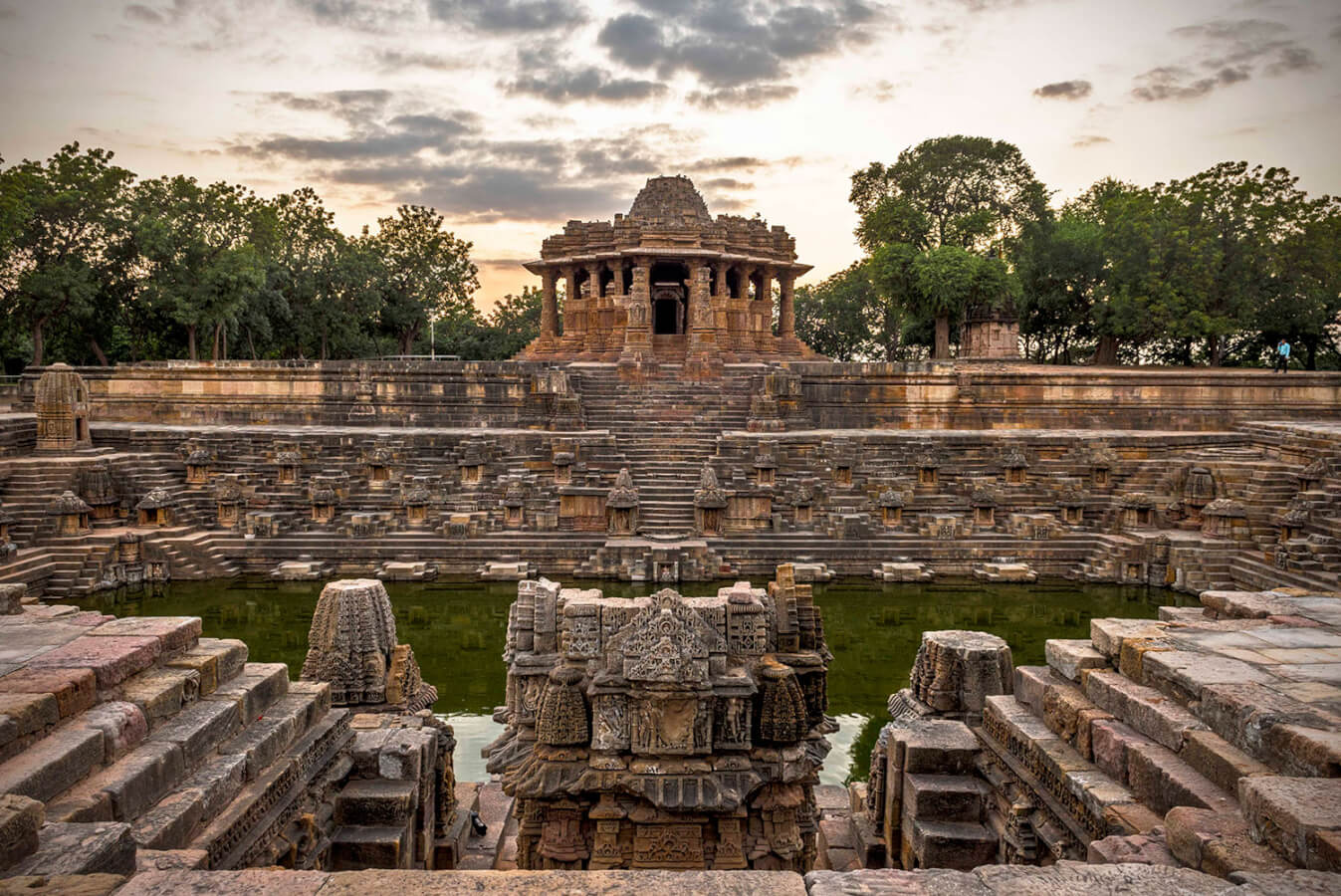
Modhera
Dedicated to the Sun God, Surya, this temple is found in Modhera village, around 101 km from Ahmedabad city, on the banks of River Pushpavati. Currently, no prayers are offered at the temple, which is being preserved by the Archaeological Survey of India (ASI), and is counted within the list of UNESCO World Heritage Sites. The temple is meant keeping in mind the theories of Shilpa and Vastu shastras, the traditional science of architecture and style . the whole temple structure seems to be floating on a base resembling a blooming lotus. the most complex is split into three parts: the doorway or the sabha mandap, antaral, which is that the connecting passage and garba graha, the sanctum sanctorum. The temple complex and therefore the sculpted kund are magnificent pieces of masonry from the Solanki period (950-1300 CE).
Pols of the Old City
On the eastern side of the Sabarmati river, lies the old city of Ahmedabad crowded with pols. The pols are housing clusters, often belonging to specific communities. The neighbourhoods on the opposite side of the gates of the walled city were at just one occasion the backbone of Ahmedabad. they’re currently like times gone and convey a few bout of nostalgia whenever you visit it. Many of those pols have temples or shrines representative of the community’s faith. Several pols still house cottage industries, so visitors can find people sitting on doorsteps hand-sewing books or crimping silver chains together. The cottage industries allow the residents to seek out livelihood without having to go away the boundaries of their home and community. There are bird feeders in each pol referred to as chabutro and crevices built into the walls for birds to use as houses. Walk around this spectacular neighbourhood to soak in its encompassing and warm spirit.
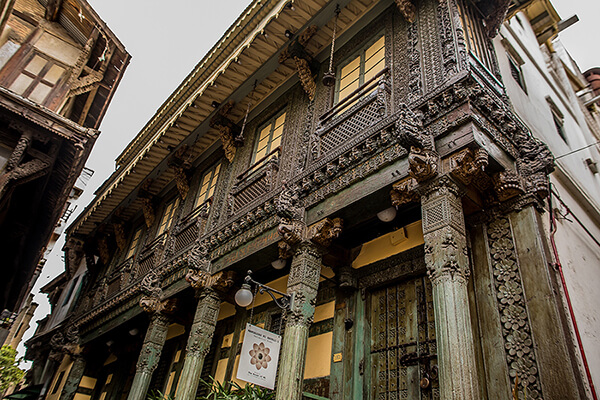
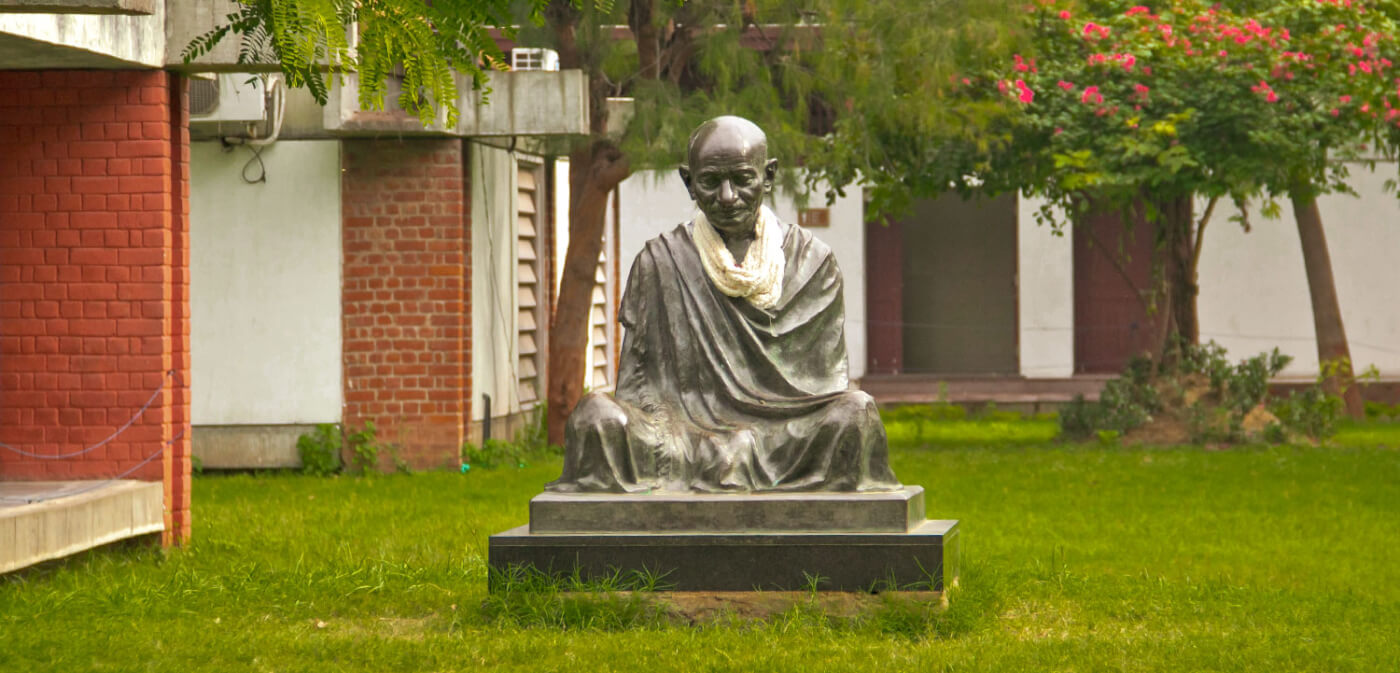
Sabarmati Gandhi Ashram
Sabarmati Gandhi Ashram was the centre of Mahatma Gandhi’s non-violent struggle against British for the independence of India. His aura still lingers here and one can travel back in time to urge a way of his ideology and memorable life.
As per historical sources, after coming back from South Africa , Gandhiji established his first ashram at Kocharab Bungalow, which belonged to his barrister friend, Jivanlal Desai, on May 25, 1915. Back then, it had been called Satyagraha Ashram. However, Gandhi had plans to start various activities like farming and farming so he needed a bigger space. On June 17, 1917,
the ashram was relocated to a neighborhood of 36 acre on the banks of River Sabarmati and thus came to be referred to as Sabarmati Ashram.
Documents associated with his non-violence movement, including the Dandi March, which began from here, are placed on display at the Gandhi Smarak Sangrahalaya (museum). there's a library for literature on Gandhi that holds an immense archive of letters written by him, most of them on used paper scraps. The ashram shares land with Hridaykunj — the quarters where he lived; Vinoba-Mira Kutir, a guest house, a prayer land and a building used as a training centre for cottage industries. At this ashram, Gandhiji tried his hand at farming, learnt the art of spinning and weaving, and led the assembly of khadi. Nearby is that the Environmental Sanitation Institute and a store , Kalam Kush, where handmade paper is manufactured and sold. There are khadi stores and a khadi weaving workshop here also .
Teen Darwaza
One of the oldest and therefore the longest gateways of the 600-year-old city, Teen Darwaza was completed in 1415 AD by Sultan Ahmed Shah, who founded the town of Ahmedabad. A fine example of Islamic architecture, this intricately carved marvel is an entrance to the royal square at Bhadra Fort. it’s believed that Mughal emperor Jahangir (Jehangir) wont to visit this regal gateway together with his wife Nur Jahan to observe a procession that began from here and went up to Jama Masjid.
The Teen Darwaza is an exquisite structure and therefore the name literally translates into three doors. The central door of the darwaza is that the tallest.
Teen Darwaza's structural attractions include semi-circular and mesh-work adorned windows, a central window depicting the tree of life and five palm trees covered with snakes.
Legend has it that Goddess Lakshmi, the goddess of wealth, was leaving the town when watchman Khawaja Siddique Kotwal requested her to not leave the town till emperor Ahmed Shah was informed about this. She agreed to attend till he returned. Kotwal never returned as he beheaded himself so as to make sure the goddess never left the town and therefore the goddess remained there forever. In honour of this sacrifice, a mausoleum was built near Bhadra Fort. For over 600 years now, a Muslim family has been lighting a lamp in one among the openings of teenage Darwaza. Flowers also are offered here because the residents of the town believe Goddess Lakshmi still resides here.
On the gateway, visitors can read a crucial royal notification by Maratha governor, Chimanji Raghunath, supporting equal rights for ladies in acquiring ancestral property. In fact, Raghunath had forwarded an appeal to both Hindus and Muslims to supply women with equal rights. This heritage citadel may be a must visit on one's trip to Ahmedabad.

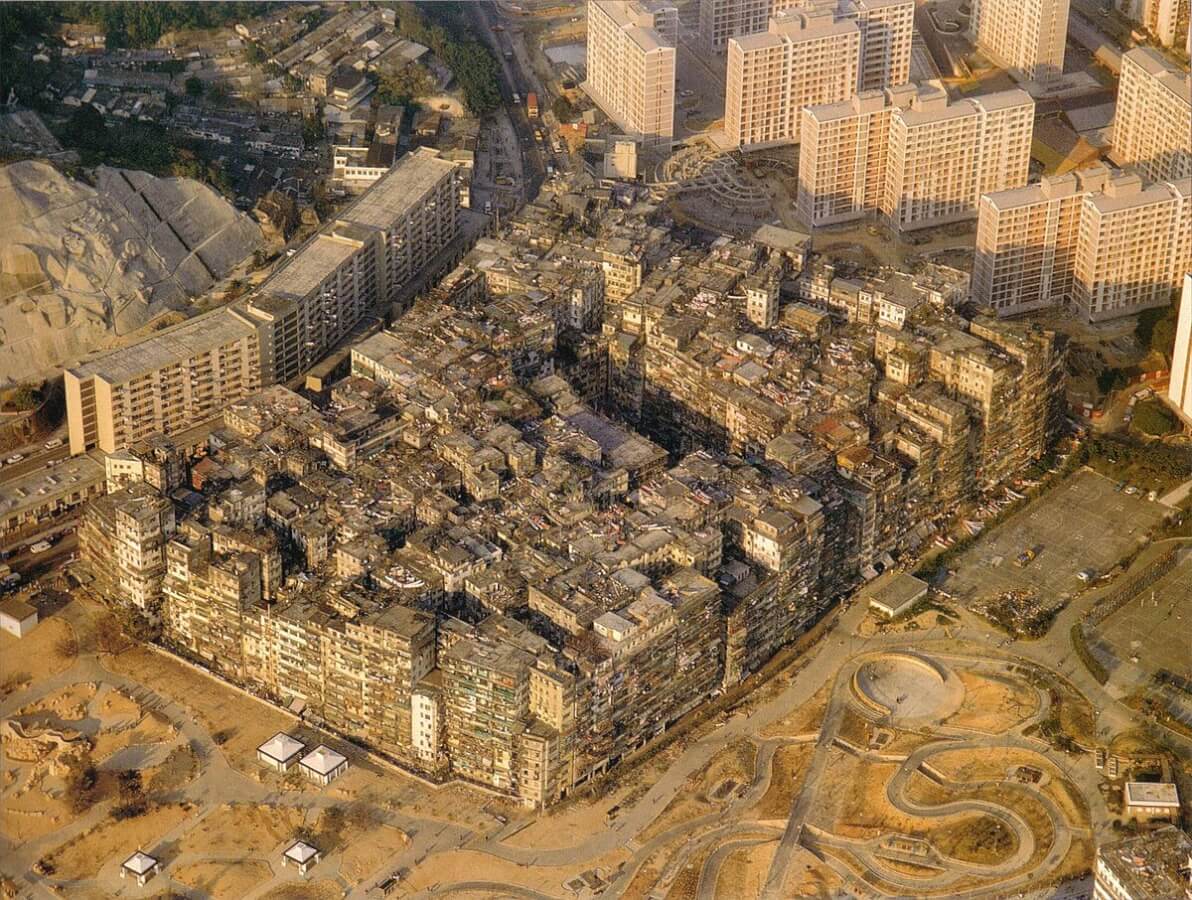
Walled City
After Sultan Ahmed Shah I took over Karnavati and rechristened it Ahmedabad, the town continued flourishing for many years . By 1487, it had been a well-liked centre of power and Sultan Shah’s grandson, Mahmud Begada, decided to fortify it against invasion. A wall with a 10-km-circumference was constructed to encircle the town and protect it from enemies. Originally, the wall had 12 gates and 189 bastions. Over time 6,000 ramparts were added to the present . However, because the city spread to the opposite side of the river bank, most of the walls were removed. Today, only 12 gates stand with a neighborhood of the wall along the riverfront. the world within the old wall boundary is assessed as Old city or Walled city and its narrow, bustling roads are easily distinguishable. The 12 gates standing, in clockwise count from the northwest corner of the town are: Shahpur Gate, Delhi Gate, Dariapur Gate, Prem Gate, Kalupur Gate, Panch Kuva Gate, Sarangpur Gate, Raipur Gate, Astodia Gate, Mahudha Gate, Jamalpur Gate, Khanjia Gate, Raikhad Gate, Ganesh Gate and Ram Gate. Each of the gates has carvings and calligraphy on them. Some even have balconies still standing firm.
WANT TO RENT A CAR IN INDIA ?
Choose Your Traveling Theme
















